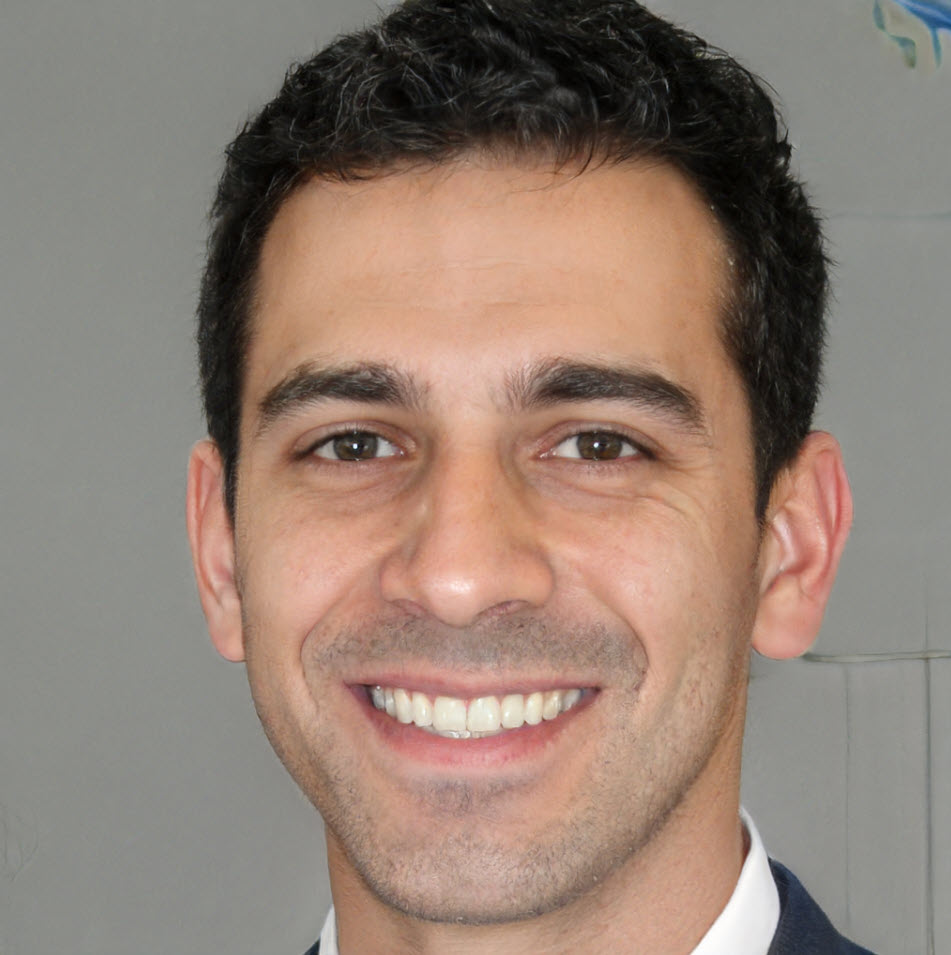CA High-Speed Rail DRONE UPDATE: Muscat Ave Viaduct - Fresno County, CA | 8/13/22
719 View
Share this Video
- Publish Date:
- 15 August, 2022
- Category:
- Drone Tech
- Video License
- Standard License
- Imported From:
- Youtube
Tags
Support My Work On Patreon! 👉 https://www.patreon.com/DroneZoneFlyovers
Muscat Avenue, located in South Fresno is a smaller structure that will connect with the Cedar Viaduct and carry high-speed trains to and from ground level. In south Fresno, west of State Route 99, just east of Cedar Avenue.
California High-Speed Rail (CAHSR or CHSR) is a publicly funded high-speed rail system under construction in the U.S. state of California. Its goal is to connect the Anaheim Regional Transportation Intermodal Center in Anaheim and Union Station in Downtown Los Angeles with the Salesforce Transit Center in San Francisco via the Central Valley, providing a one-seat ride between Union Station and San Francisco in 2 hours and 40 minutes, a distance of 380 miles (610 km).
Future extensions (in Phase 2) are planned to connect southward to stations in San Diego County via the Inland Empire, as well as northward to Sacramento. It will be implemented in a number of self-supporting segments, as resources become available.
CAHSR plans to eventually operate on dedicated, grade-separated tracks for the entirety of its route between San Jose and Burbank with maximum speeds of up to 220 miles per hour (355 km/h). The San Francisco–San Jose and Los Angeles–Anaheim sections will be shared with local trains in a "blended system." The project is owned and managed by the state of California through the California High-Speed Rail Authority (CHSRA). The Bakersfield to Los Angeles segment would be the first instance of a direct passenger train route between the cities since the termination of the Southern Pacific Railroad's San Joaquin Daylight in 1971.
The CAHSRA was established by an act of the California State Legislature and tasked with presenting a high-speed rail plan to the voters. This plan, Proposition 1A, was approved by voters in 2008 after the presentation and was assigned a $9 billion bond to begin construction on the initial leg of the network.
The project has been widely described as troubled,being far behind schedule and suffering from management turmoil, problems with procuring land, and engineering issues. In addition, the cost of the project has risen from an estimate of $33 billion in 2008 to $80 billion by 2020. According to a poll in June 2021, 42 percent of California voters supported halting the project, while 41 percent supported continuing it.
The California High-Speed Rail Authority was established in 1996 after decades of advocacy for building a high speed rail system in California. The passage of Proposition 1A in 2008, followed by the awarding of federal stimulus funds in 2010, established the initial funding for the California High-Speed Rail system. Construction contracts began to be awarded in 2013, and the groundbreaking ceremony for initial construction was held on January 6, 2015.
Citing delays and cost overruns and lack of transparency from the project's leadership, Governor Gavin Newsom reaffirmed the state's commitment to the project on February 12, 2019. Newsom said the state will prioritize construction a segment already underway through California's Central Valley, arguing it would revitalize the economically depressed region. The state will complete the planning for the remaining segments and seek federal funds for their construction. He also said he would replace the head of the state board that oversees the project and pledged more accountability for contractors that run over on costs.
Did you miss our previous article...
https://techvideos.club/Drone-Tech/how-new-swiss-drone-technology-could-help-firefighters-in-the-future














